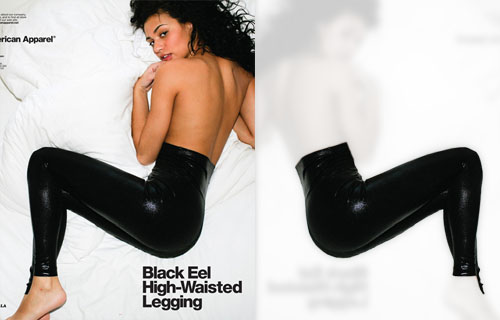I need suburbs. I need a ranch house. The suburbs I can build, but I need photographs. I need a ranch house in Boston.
There is one, according to a real estate website. Not far from me, maybe, as the crow flies.
Taking a neighbor friend’s camera stranded with me for over a week thanks to a pointless whateverthefuck with her roommate, I set off, round the lake and the roundabouts, and mount the hill. I’ve soon been walking for half an hour, and the light is slipping away.
This is where the wealthy, if not the superwealthy, live. You could forget you’re somewhere between the Arboretum and West Roxbury for a moment and believe you’re on a summer colony road on the coast of Maine. Gardens, hedges, slate, brick, and tiny golf green lawns. Sidewalks begin and end at random on the twisting hillside street. Clip off three feet of that decrepit mansion’s lawn to complete a sidewalk? He knows the mayor! If he’s still alive in there…
I’m not a student anymore. It’s been a long time. I’m moving discreetly along streets where people don’t walk to visit anyone, snapping pictures occasionally with a manual zoom lens. Should I say I work for a real-estate company if some gel-combed executive dad stomps out and demands to know what the samhill? Tell the truth, that I’m compositing bits and pieces of different photos into backdrops for a virtual film set? Say I’m on a public sidewalk and he can go fuck himself, more likely. You get more of yourself under yourself in your thirties, but you no longer have the endless blind confidence of a college student. It was a long time ago, and you thought the East Indies couldn’t be more than three weeks’ sail to the west. I must be supremely bored if I’m even wondering about this.
Farther than I expected, but there it is, marked by the real estate sign. A single-floor ranch. Brick. The wrong era. Built into a hillside, and almost entirely obscured by a hedge. Fuck it. Snap. Snap.
Up the hill. Dead end. That sounds good. A few more single level houses, also the wrong era. No era in particular, in fact, unless you call the ’80s trying to hide its shame an era.
“I was there, Gandalf. I was there, in the 1980s! I was there when the strength of men failed.”
Wend my way around. A different way off the hill. The light is going. Some interesting houses for later – once I’ve Photoshopped out the trees, hedges, power lines. Why must houses hide themselves away? A latchkey sprinkler erodes a mossy sloped lawn to mud. Old garage doors built into the hillside molder, automobile mausoleums waiting for the final burial of the car. It wasn’t the auto that built these suburbs and exurbs in the 1920s, but the light rail, and thermodynamics always win in the end.
That night. Transfer the pictures. Call the girl. Voicemail: I’d like to chat. Text: What’s up? Me: Help me run your roommate’s camera equipment back up? Her: Did you call her? Me: I want to talk to you, but figured we could do something useful as well. After a while: Will it help if I promise I’m not a vampire?
She comes downstairs, grabs an armful. She says she doesn’t have time to talk. Up the stairs. She doesn’t appear to be doing anything. Later in the week? I accept.
I’ll be shocked if she calls. She’s so much like me as a student, putting things off until they go away, avoiding life, covering for her shyness. So much like me now. But I’m sick of the whole thing. I’m sick of being a gentleman. I’m sick of identical “It’s not you, it’s me” speeches from women with nothing else in common.
Men. Women. The unfinished revolutions. The uncomfortable détentes. The ugly houses, zealously maintained.









